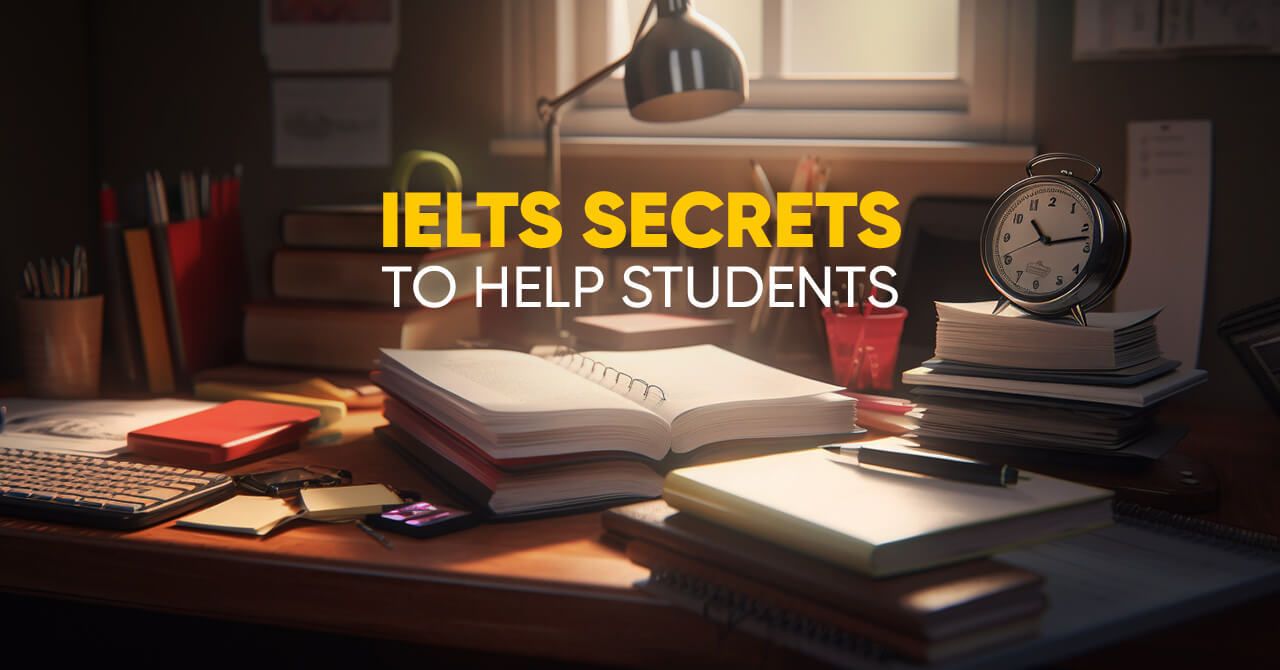
Untold IELTS Secrets to Help Students

Get a FREE guide!
Want to sound like a native English speaker?
Get our free PDF with top tips that work.

Check your email!
1. Crack the Reading section
A large number of IELTS candidates spend hours practicing for the Reading part of the test; however, the secret to easily and accurately solving the question remains unrevealed. We all learn how to solve each question type either by watching videos or reading articles, then going to the answers to check our results. But ever thought of reversing the process?
The fact that we, humans, learn more quickly and accurately through imitation and noticing should be used here. Since for better preparation, I always advise my students to check the answers to the questions first and then try to figure out why it is the answer. In other words, in order to know for sure that a certain word is an answer, they will try to find out what makes it the correct answer for the question and, for instance, how synonyms around the word in the question are paraphrased there in the article. Obviously, this has proved way more efficient than just explaining the fact that content words in the question are paraphrased in the article. And the trick is, no matter how many examples the tutor gave regarding this point or how much the tutor stressed it, some pupils will remain unable to fully digest it and, thus, will not deduce the answer.
Therefore, it is highly important to show the answers in advance and then let them extract the synonyms of the keywords in the question from the reading passage. By doing so, they will gradually obtain a sense of the examiners’ mindsets.
2. Crack the listening section
As mentioned above, we shall apply the same technique in the listening part; however, we have to keep two matters in mind.
Firstly, the listening section is way easier than the reading part in terms of the sophistication of words. By way of explanation, you will hear more familiar terms in the recording than those in the passage, and for that reason, you will be able to detect more correct answers way more effortlessly. So, cheer up!
Secondly, if we mastered solving the reading part with this technique, it does not mean that we should not exercise the same method in the listening section. Though it is less hard, we still have to take a look at the answers before we listen to the recording so that we take notice of where the answers are placed in the sentence in relevance to the keywords in the question.
In conclusion, it may seem wrong to get familiar with the answers to the questions we are supposed to solve first, but practicing this technique will guide you to find the correct answers easily and acquire the sense of the exam.
















